Do Sardinians Actually Eat A Brain Healthy Diet?
Plus, the BHK Food Guidelines checklist is here
Hello, everyone. I am writing to you from Lecce, the first leg of this week’s brain health retreat in Puglia. Lecce is nicknamed “Little Florence” because of its Baroque architecture. It’s one of those places where your neck starts to hurt from looking up. There is so much to see where the tops of the buildings meet the sky! So far I have been loving the aperitivo culture. The city falls silent from 3 to 5 pm (while everyone takes a pisolino, or short nap) then abruptly comes back to life. The piazzas and narrow streets become packed with people gathering around drinks and over-the-top charcuterie boards. The classic Pugliese combination of fava bean puree and braised chicory is always on the table. The Retreat guests are just now arriving and I am feeling good that they will be getting beans and greens every day!
For today’s newsletter, I am excited to share the BHK Food Guidelines from my book in a handy checklist format. It includes a reminder of the brain-healthy food groups, how much, and how often to eat them. You can download it to your phone to have at the grocery store or print it out and keep it in the kitchen as a guide for meal planning. I’ve also included the BHK food pyramid—brain-healthy eating at a glance based on the current research. Paying subscribers can find it at the bottom of this post.
Before coming to Lecce, I spent two weeks in Sardinia to attend Italian language school. This was not my first trip to Sardinia but it was my most food-intensive one. I was surprised to learn what Sardinians really eat and how this fits into their lifestyle that has become famous for longevity. So today I thought it would be fun to share a few insights from my time there. And I was really excited to learn that the Sarda people have their own food pyramid! More on that below.
Longevity is common in Sardinia
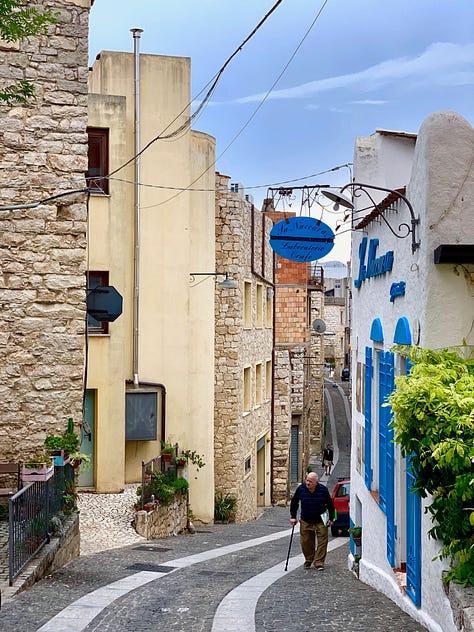
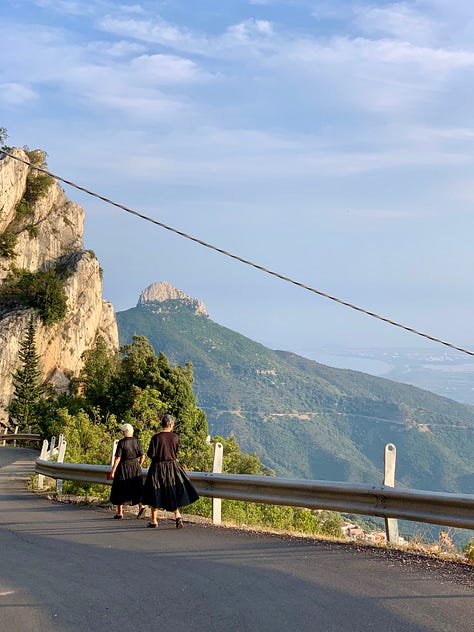
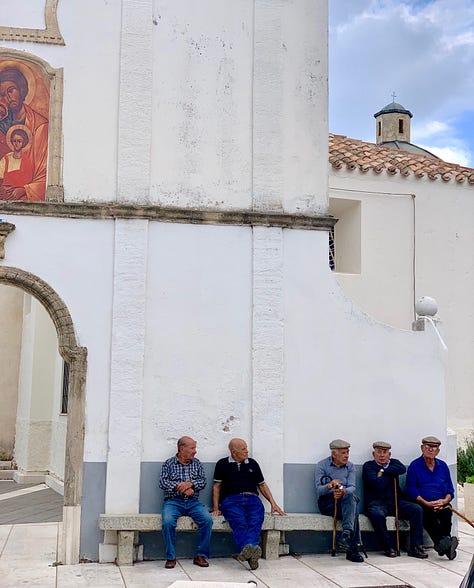
When you think of Sardinia, what do you picture? Sprite elders walking up steep mountain streets? Families gathered around a table slurping minestrone soup? Centenarian men socializing over coffee in the piazza? This is the story that is often told of the small villages with the longest living people in the world, most recently on the Netflix series Live to 100: Secrets of the Blue Zones.
All of this is true. People do live a long time here. Elders stay active late in life. All the local people I met were very proud to tell me about the elders in their families—parents, grandparents, uncles and aunts that live to their 90s and 100’s. JuanCarlo, a pharmacist I was chatting with, told me his grandfather still tends his garden at age 97. Assunta, one of my teachers, rattles off a long list of relatives in their late 90’s and early 100’s. And Sofia, my other teacher, comes from a small village where elders are honored and revered. She is part of the movement of young people to keep their unique language, custom, and traditional clothing alive.
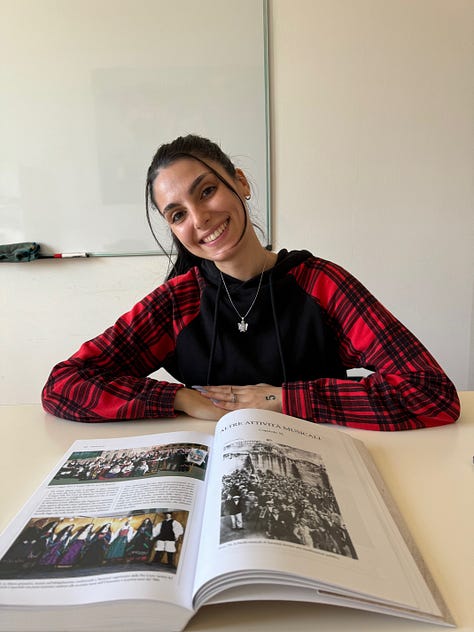
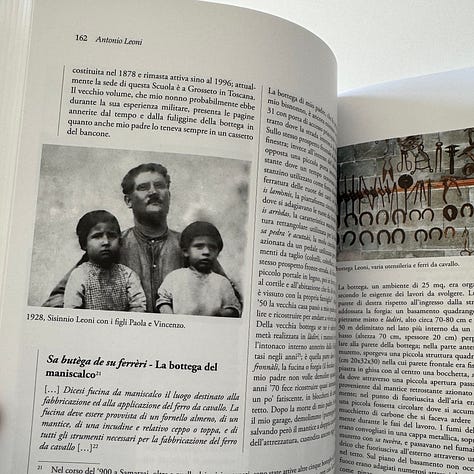

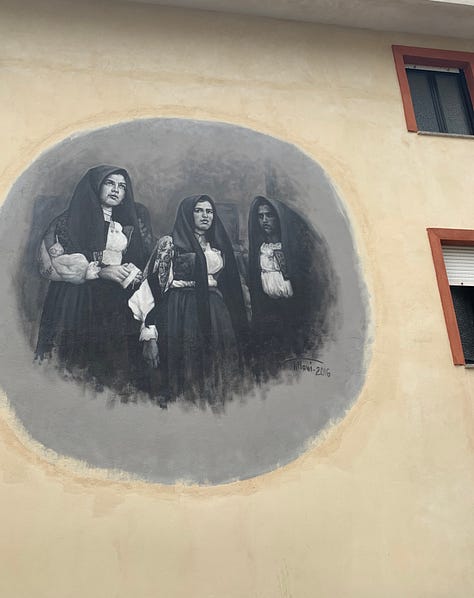
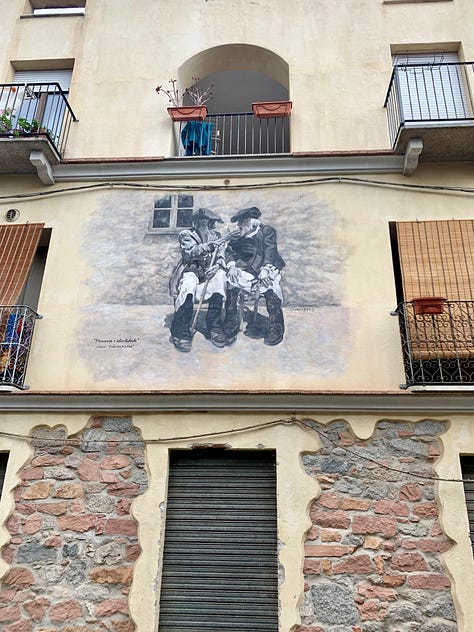
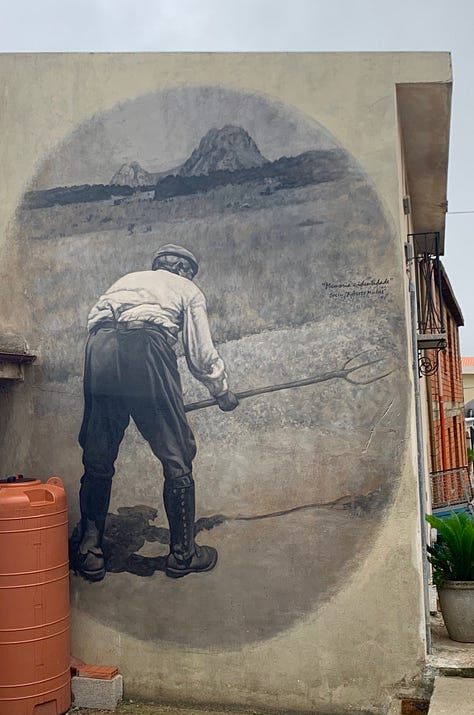
The centenarian villages, as they have become known, are a cluster of about 12 isolated villages in the mountains of central Sardinia. On a previous trip, I drove my tiny Fiat up winding mountain roads to some of the most famous ones—Orogosla, Fanni, and Urzulei. These towns really do feel like stepping back in time. Locals celebrate each 100th birthday by painting a scene from the centenarian's life on the outside of their family home. And the elders really do hang out in the town square—laughing, drinking, smoking (yes, a lot of smoking here), and enjoying each other's company.
Back to school
While attending Italian language school Calgiari last month, part of my curriculum was a week of food intensive learning. I learned the Italian words used in cooking and the kitchen and how to translate recipes into Italian. Sofia taught me some very handy market-shopping phrases like how to ask for a handful (una manciata) of something and how to say “just looking” (sola guardando). There was a really fun quiz on naming all the different pasta shapes in Italy (there are over 300!).
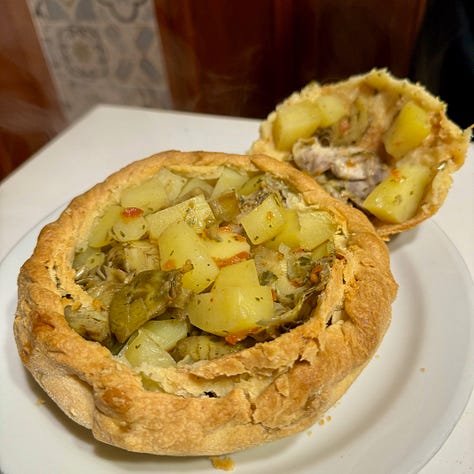
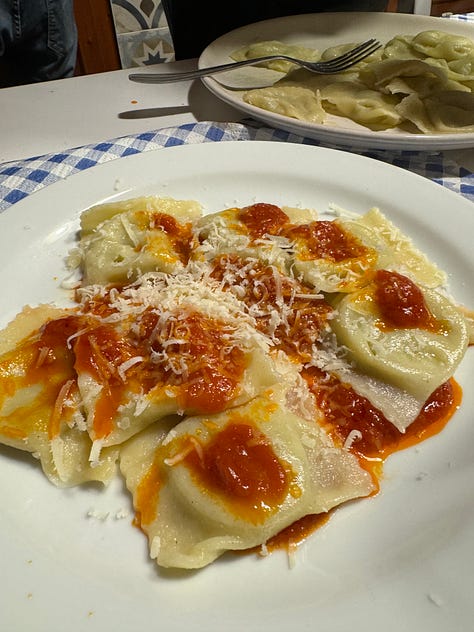
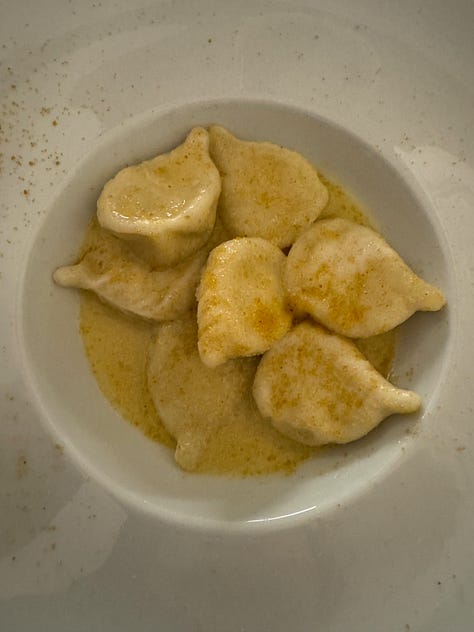
Cooking classes with local chef Elvira were delivered in rapid-fire Italian in which I learned to make a half-dozen traditional dishes like panada (an Easter pie filled with artichokes, potatoes, and lamb) and culurgiones (half-moon raviolis stuffed with potato and mint).
Sarda people, I was learning, consider themselves Sardinian first and Italian second. They have their own food culture, language (actually many languages), and customs. I was really excited to learn that the Sarda people have their own food pyramid.
The Sardinian Food Pyramid
As you can see from the food pyramids above, the diet eaten in Blue Zones in Sardinia is a more plant-based spin-off of the traditional Mediterranean food pyramid. In both pyramids, meat is mostly served on Sundays and for special occasions. Vegetables, legumes, grains, fish and seafood, and fruit make up the bulk of the diet. But here’s where Sardinians veer off-piste: bread, cheese and potatoes are eaten every day. In fact, bread and cheese are eaten at most meals. It is estimated that about 45 to 50% of Sardinian caloric intake comes from these food groups!
A typical breakfast is a few ounces of fresh sheep’s milk ricotta served with marmalade or vegetables. Pan carasau, a wafer-like crispy bread served in sheets, is always on the table. The cheese plate comes out again at lunch and dinner, usually after the meal. Fish is less common in the Blue Zone villages. These towns are only a few hours drive from the coast but the food consumed is hyperlocal—vegetables they can grow, herbs and greens they forage, local cheeses, and poultry and eggs from their own chickens.
Cheese and bread at every meal?
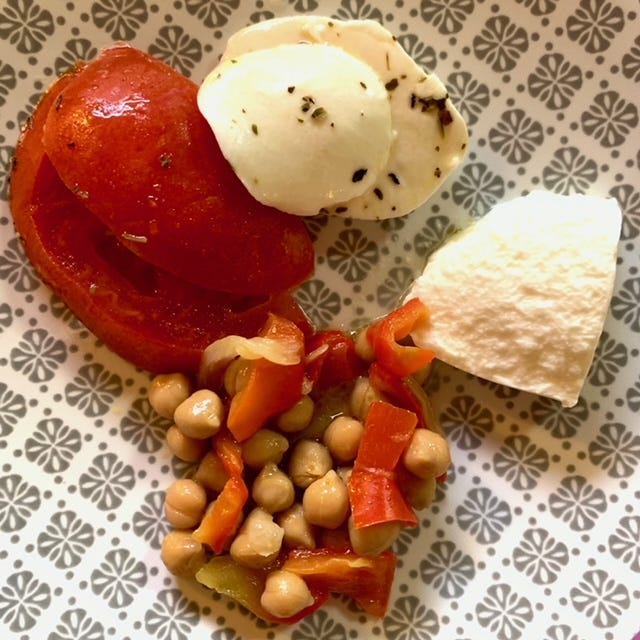
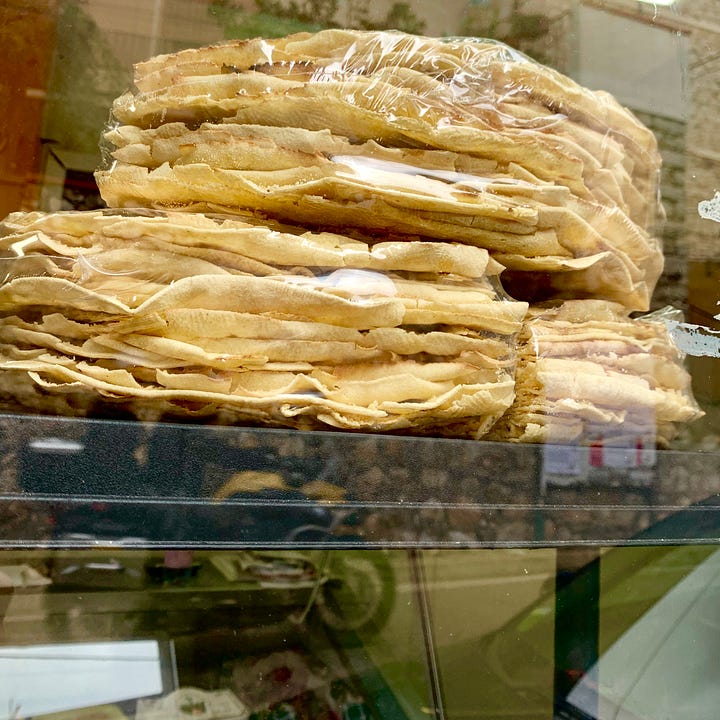
You are probably wondering how the long-living Sardinians can eat like this and still enjoy dementia-free longevity. After all, the bulk of the science says that a diet low in saturated fat foods and refined carbohydrates is better for protecting cognitive health. And yet, these villages have the largest concentration of centenarian men in the world.
To explain this paradox, it’s important to take a closer look at the food and how the Sarda diet fits into their unique lifestyle. For example, Sardinians clock in many steps throughout the day. Every village and every city has very steep roads. In the two weeks I was attending school there, I was averaging 18, 000 steps a day! I started eating bread (and honey) for breakfast, too, as it provided some needed carbs to get me up the steep hill to my school.
Cheese is considered a health food in Sardinia. In other parts of the world, eating a lot of cheese has been associated with poor health outcomes as I wrote about here. In Sardinia, however, it seems to be health-promoting. This may be because the cheese is made from goats and sheep who graze on wild herbs and grasses, providing Sarda people with a daily dose of omega-3 fatty acids and polyphenols. This study postulates that sheep’s milk cheese, in particular, may provide certain fatty acids that actually reduce low density lipoprotein (LDL) cholesterol and triglycerides. The saturated fat content in most cheese, in contrast, is what makes LDL and triglycerides go up.
There are no studies looking at the impact of these dairy products on brain health, but clearly it is working for the Sardinians!
The Takeaway: Local cheese is eaten in the context of a mostly plant-based diet in combination with steep daily walking, lots of social time, and a strong culture of family and community. For Sarda people, it’s a recipe for dementia-free longevity.
I’d love to know: what is your take on the Sardinian Blue Zones food pyramid?
The BHK Food Guidelines Checklist
How to use this checklist: Download it to your phone to refer to at the grocery store. Print out and keep handy in the kitchen for meal planning. Hang it up on the fridge for a visual reminder of your brain health goals. Share with all the brains you love. I hope you find this checklist helpful.
That’s all for today. I’ll be writing to you next week as I make my way home from Italy. I wish you all the best as you head into the weekend.
Love,
Annie
Upcoming Brain Health Retreat Schedule
Ortigia, Sicily October 13-19, 2024
Palermo, Sicily October 27-November 4, 2024
Ranch La Puerta November 2024: SOLD OUT
Costa Rica January 2025

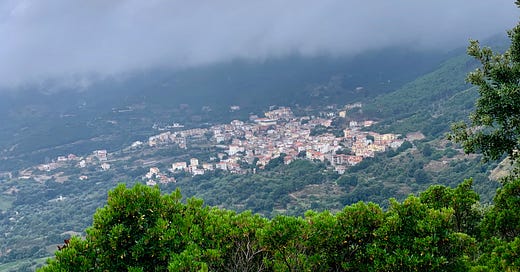




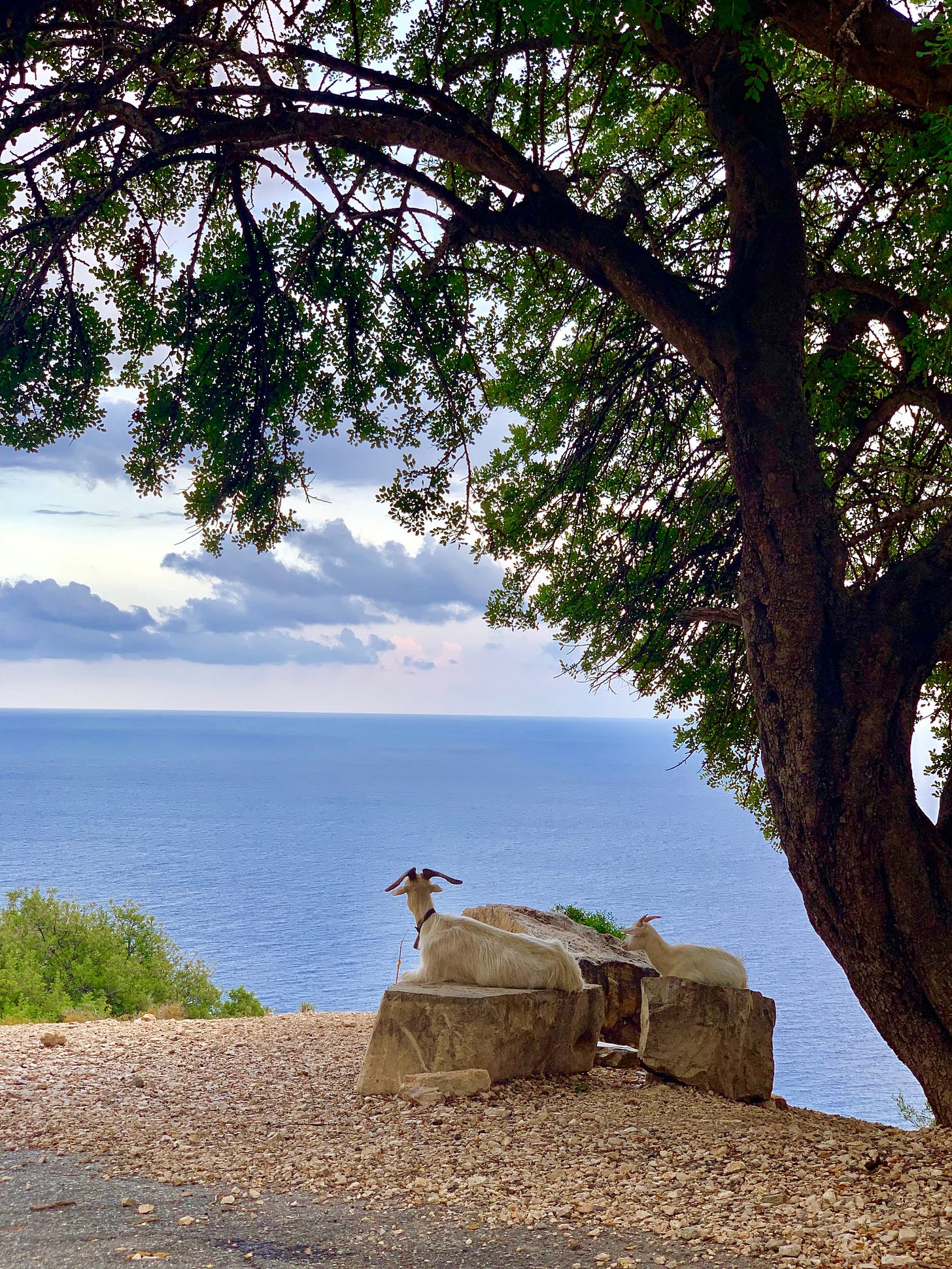
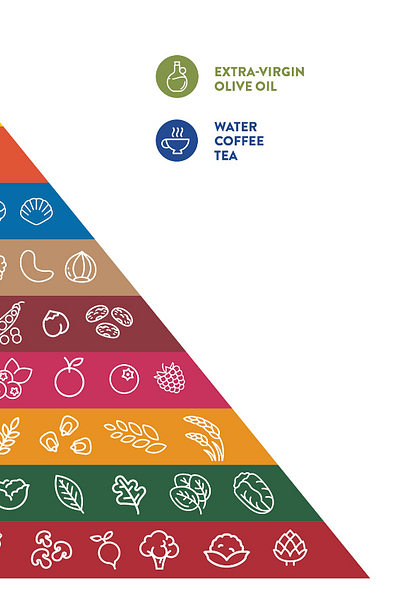
I'm thinking that maybe eating uncooked cheese with teeming with healthy microbes as a daily habit like the Sardinians do, would be way better for us than eating cheese in the form of pizza, cheese muffins, quiche, etc where surely the microbes have all been killed by the heat
My daugther Fernanda and her husband Adrio have chosen Sardinia to have their Honeymoon. They loved it!!❤️ Hope they have seen some centenarian couples holding hands at the piazza!